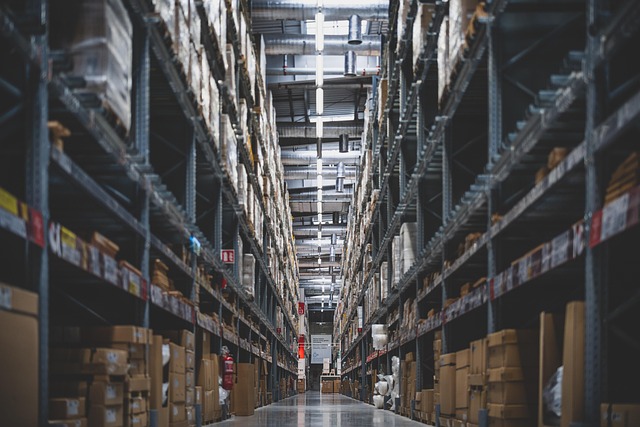Material choices for durable product stickers across varied climates
Durable product stickers must withstand temperature swings, humidity, UV exposure, and handling from manufacturing to fulfillment. Choosing the right combination of materials, adhesives, printing techniques, and design details helps labels remain legible and functional across varied climates without compromising traceability, compliance, or sustainability goals.

Which materials offer climate durability?
Selecting the base material is the first step for labeling that needs to survive different climates. Polypropylene and polyester films are common choices because they resist moisture, tearing, and many chemicals while maintaining print clarity. Vinyl provides flexibility and strong weather resistance for outdoor use but can add thickness. Paper stocks are cost-effective and printable but require coatings or laminates for humid or marine environments. Consider the product’s storage and transit conditions — refrigerated, frozen, or exposed to sunlight — and pick materials rated for those temperatures and exposure levels.
How does adhesive affect sticker longevity?
Adhesive performance is crucial when durability is required across temperature and humidity ranges. Permanent acrylic adhesives offer strong long-term bonds and good resistance to heat and cold, while rubber-based adhesives can provide immediate tack at lower cost but may fail under prolonged moisture or high heat. For reusable or removable requirements, repositionable adhesives are available but generally sacrifice long-term durability. Specialty adhesives are formulated for low-temperature adhesion (for cold storage) or high-heat resistance (for hot-fill containers). Always test adhesives on the actual packaging substrate under expected environmental conditions.
Which printing and barcode options aid traceability?
Printing method and barcode quality directly affect traceability and inventory workflows. Thermal transfer printing using durable ribbons produces crisp barcodes and text that withstand abrasion and humidity better than direct thermal in many environments. Digital and flexographic printing can deliver high-resolution graphics and variable data for serialization or QR codes, supporting fulfillment and traceability. Use high-contrast inks and ensure barcodes meet scanner specifications for logistics systems. When tamper evidence or long-term readability is needed, overlaminates and UV-stable inks preserve barcode integrity during transit and storage.
How to design for compliance and packaging needs?
Label design must balance regulatory requirements with practical durability. Include mandatory information for compliance in legible fonts and contrast while reserving space for barcodes, batch codes, and traceability elements. The label’s placement on packaging can influence wear — edges may peel in conveyor systems, while corners can catch during handling. Consider die-cut shapes that minimize lifting and design printing margins so essential compliance text remains protected by laminates or panel placement. Material and adhesive choices should also align with recycling or disposal instructions that some regulations require.
What sustainability trade-offs exist for materials?
Sustainability goals influence material selection: recyclable paper labels and mono-material films simplify recycling streams, but they may require protective coatings to meet durability needs. Some polymer films can be recycled or compostable depending on local systems, but performance in humid or high-UV conditions can be limited. Consider water-based adhesives and solvent-free inks to reduce environmental impact. Also evaluate lifecycle trade-offs — longer-lasting labels that prevent product waste through better traceability and reduced returns can contribute to sustainability even if made from more robust materials.
How labels support logistics, inventory, fulfillment, RFID
Labels are integral to logistics and inventory management. Well-chosen materials and printing methods ensure barcode readability at packing, scanning at fulfillment centers, and durable traceability through distribution. For higher-speed or secure identification, integrate RFID inlays within label constructions; select materials and adhesives compatible with RFID antennae and reader performance. Packaging compatibility is also important: labels must adhere reliably to cartons, plastic bins, or glass and survive conveyor belts, pallet stacking, and environmental transitions between warehouses and retail points.
Conclusion
Durable product stickers across varied climates require a systems approach: choose the right base material, pair it with an adhesive suited to temperature and humidity, choose printing and finishing for barcode accuracy and UV resistance, and design labels to meet compliance while supporting logistics and traceability. Balancing durability with sustainability and packaging constraints ensures labels perform where they are needed most, reducing waste and preserving product information throughout the supply chain.






